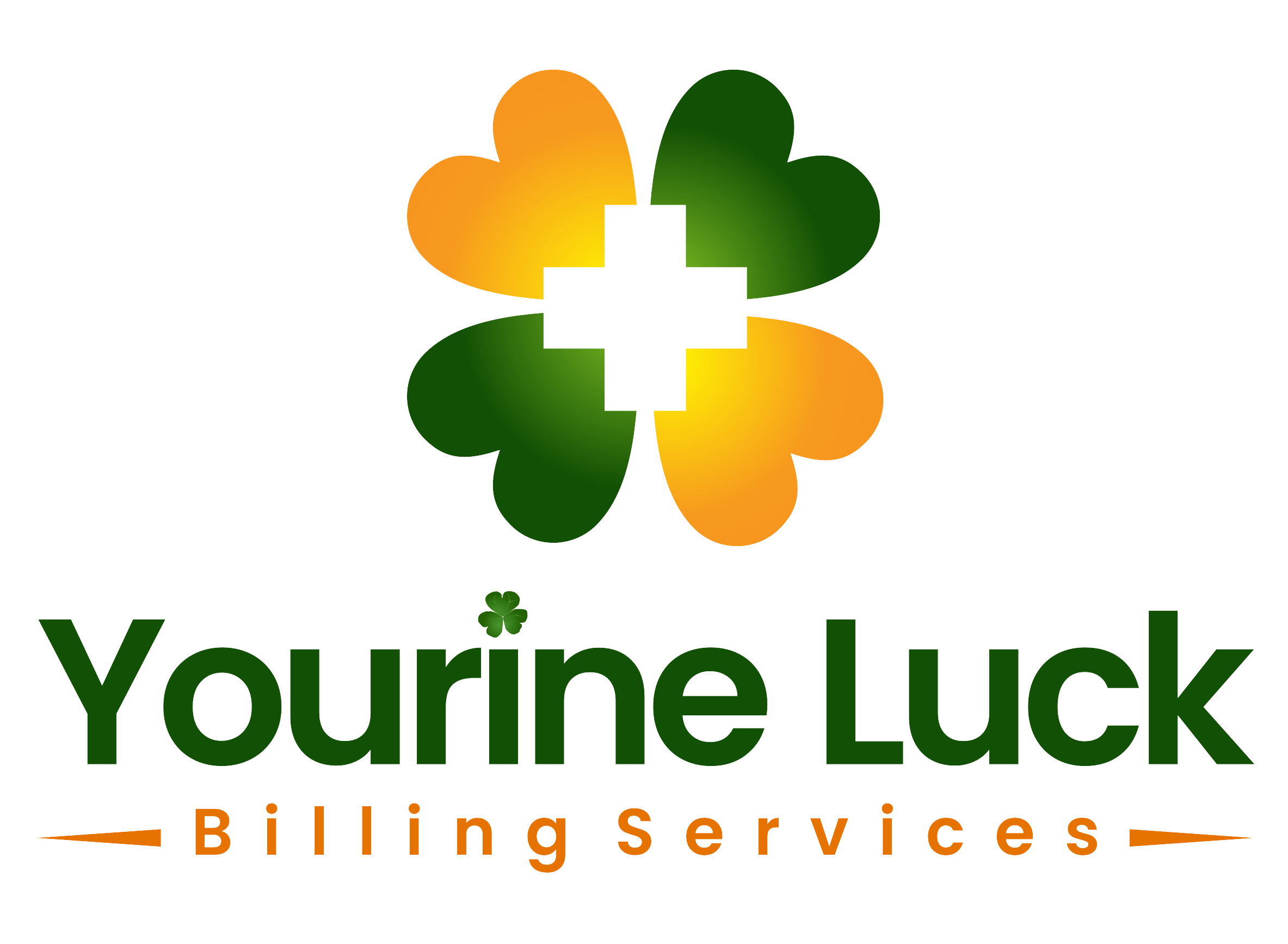As wound care constitutes an indispensable part of patient care, it is performed with utmost precision and expertise for a favorable clinical outcome. The other important side of clinical processes is wound care billing. Billing processes can make or break the financial health of health care providers.
This guide provides tools to understand the complexities of wound care billing services, including industry challenges and measures for providers to use to streamline billing processes for efficiency and revenue maximization. Physicians, students, and, of course, providers standing to gain competitive knowledge in these practices is the need of the hour for survival in the healthcare firmament.
What Makes Wound Care Billing Complex?
Billing for wound care involves far more than sending out a simple bill. It involves layers of coding, documentation requirements, and strict industry regulations imposed on providers by different insurers and healthcare systems.
The providers have to accurately identify the type of wound, the type of treatment, and the severity of the patient, and make sure they apply the codes as required by the standard codes such as ICD-10 and CPT. Any error, however minor, could result in the rejection of the claim, delayed payments, or might put the healthcare provider at risk of non-compliance.
Advanced wound care treatments such as HBOT or interventions on pressure ulcers need highly specific documentation that can account for every step taken on behalf of the patient. To have to build a couple of processes for dealing with these issues is enough to overwhelm anyone without a functioning billing system or the support of experts.
Key Challenges in the Wound Care Billing Process
Billing is a dynamic industry; codes can be added, deleted, or updated very frequently in order to keep pace with changes in the advancement of medical techniques and procedures. This situation continues to be a hurdle for many due to the need for fast and accurate coding provisions.
Contrary to the previous point of view, a large percentage of denials in wound care arise when the submitted claims are either incorrect or incomplete. Many denials for this specialty come from documented evidence cleansing and unverifiable coding.
3. Compliance to Rules and Regulations
Time to time, industry mandates must be adhered to, which may include HIPAA and medical billing rules. Noncompliance could carry hefty fines and cause reputational harm.
4. Administrative Workload
For the providers who are already balancing patient care, maintenance billing poses a time and resource drain that can detract from their focus on improving patient care.
Importance of Accurate Billing
Accurate billing is of utmost importance for the financial soundness of health care providers and a smooth revenue cycle. An efficient billing process serves to:
Reducing claim denials and delays;
Maximizing reimbursement rates;
Ensuring cash flow consistency.
Accurate billing is necessary in wound care, where it takes a long time to treat and follow up, ensuring all levels or aspects of care are paid for.
Areas of Interest in Wound Care Billing Services
1. Complete Coding and Documentation
Billing begins with the documentation of patient encounter, treatment plan, and procedure; it requires accurate documentation. Proper up-to-date coding should include ICD-10 for diagnosis and CPT for procedures in order to define wound care treatment correctly.
2. Regulatory Compliance
All billing processes must comply with the standards set in the industry, including HIPAA compliance, which protects patient privacy and eliminates the risk of being penalized for non-compliance.
3. Claims Management
Prompt submission, tracking, and handling of claims to minimize delays and proactively respond to rejections are pivotal.
4. Security of Data
Above everything else, sensitivity concerning patient and financial information must be accorded paramount importance by all wound care billing services. These services should use HIPAA-compliant platforms and practices only, ensuring complete safety of data.
Benefits of Outsourcing Wound Care Billing
Many healthcare providers elect to outsource billing services to specialty units engaged in end-to-end processes. This outsourcing has its many considerable advantages, such as:
1. Lesser Chances of Claim Denials
Billing experts perform thorough checks to prevent coding mistakes, incomplete documentation, or any claim-unrelated mistake for claim denials.
2. Streamlined Processes
By using such systems for timely submission of claims and efficient workflow, outsourced billing partners increase operational efficiency.
3. Maximization of Revenues
Through professional billing services that can claim lost opportunities of certain charges, revenue collection is enhanced.
4. Focus on Patient Care
With billing made easy, providers can concentrate on providing high-quality care, free from the hassle of administrative delays.
Studies indicate outsourcing medical billing services can slash operational costs by nearly 30%, allowing providers to reinvest in their practice.
Choosing a Wound Care Billing Service Provider
Having a plethora of options to select from, choosing the right partner becomes very crucial for maximum fruitful outcomes. Some points to consider while evaluating wound care billing services include and are not limited to:
1. Experience and Expertise
Seek a reputable provider with specialization in wound care billing. Client testimonials and success stories can offer further insight into their industrial expertise.
2. Technology and Tools
Using advanced technology makes for accurate and fast billing. Therefore, ensure that the service provider you choose makes use of secure, modern-day systems that comply with all relevant regulations.
3. Data Security and HIPAA Compliance
Patient data is extremely sensitive. Entering into a partnership with any provider that refuses to guarantee HIPAA-compliant practice should be non-negotiable.
4. Support and Communication
Go with a service provider offering good customer support and an effective communication channel for a good working relationship.
For example, at YIL Billing Services, we integrate 17+ years of experience with state-of-the-art tools for seamless, accurate wound care billing, ensuring compliance with all industry standards.
Emerging Trends in Wound Care Billing
The future of wound care billing is intertwined with technological advancements. Artificial intelligence and machine learning are enabling real-time error detection in billing processes, improving accuracy and efficiency dramatically. Additionally, telemedicine services—already gaining prominence—will further impact billing practices as wound care consultations increasingly happen in virtual spaces.
Adopting these innovations will be critical for providers looking to stay ahead in the evolving healthcare landscape.
Take Control of Your Wound Care Billing Today
Wound care billing doesn’t have to be a headache. By implementing accurate billing practices, partnering with the right services, and staying updated on industry trends, healthcare providers can not only improve revenue but also enhance patient care.
If you’re ready to transform your billing processes, YIL Billing Services can help. With a commitment to accuracy, compliance, and efficiency, we’re your trusted partner in wound care billing. Contact us today at [281-635-3500](tel:(281-635-3500)) or email us at info@yilbilling.com to book your free


